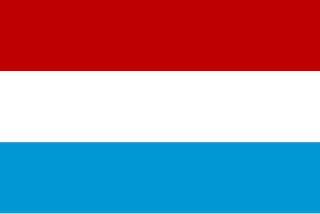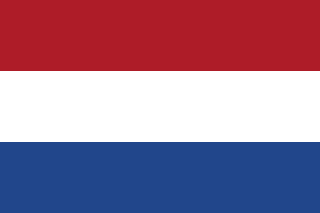 W
WThe United Provinces of the Netherlands, or United Provinces, commonly referred to in historiography as the Dutch Republic, was a federal republic which existed from 1581 to 1795. It was a predecessor state of the Netherlands and the first fully independent Dutch nation state.
 W
WThe Dutch colonial empire comprised the overseas territories and trading posts controlled and administered by Dutch chartered companies—mainly the Dutch West India Company and the Dutch East India Company—and subsequently by the Dutch Republic (1581–1795), and by the modern Kingdom of the Netherlands after 1815. It was initially a trade-based system which derived most of its influence from merchant enterprise and from Dutch control of international maritime shipping routes through strategically placed outposts, rather than from expansive territorial ventures. The Dutch were among the earliest empire-builders of Europe, following Spain and Portugal.
 W
WThe Dutch Republic Lion was the badge of the Union of Utrecht, the Republic of the Seven United Netherlands and is a precursor of the current coat of arms of the Kingdom the Netherlands.
 W
WThe Prince's Flag is a Dutch flag, first used in the Dutch Revolt during the late 16th century.
 W
WThe Renaissance in the Low Countries was a cultural period in the Northern Renaissance that took place in around the 16th century in the Low Countries.
 W
WThe Sharp Resolution was a resolution taken by the States of Holland and West Friesland on 4 August 1617 on the proposal of the Land's Advocate of Holland, Johan van Oldenbarnevelt, in the course of the Arminian-Gomarist, or Remonstrant/Counter-Remonstrant controversy that was disturbing the internal politics of the Dutch Republic during the Twelve Years' Truce. The resolution brought serious disagreements about the interpretation of the Union of Utrecht, that had long simmered, into focus. It started a political conflict that eventually brought down the Oldenbarnevelt-regime and led to Oldenbarnevelt's arrest on 29 August 1618, together with his colleagues Hugo Grotius, Rombout Hogerbeets, and Gilles van Ledenberg, and their 1619 trial, which resulted in their conviction of high treason, and Oldenbarnevelt's execution on 13 May 1619.
 W
WA Vierschaar is a historical term for a tribunal in the Netherlands. Before the separation of lawmaking, law enforcement, and justice duties, the government of every town was administered by a senate formed of two, three, or sometimes four burgomasters, and a certain number of sheriffs, so that the number of sitting judges was generally seven. The term Vierschaar means literally "foursquare", so called from the four-square dimensions of the benches in use by the sitting judges. The four benches for the judges were placed in a square with the defendant in the middle. This area was roped off and the term vierschaar refers to the ropes. The Dutch expression "vierchaar spannen" refers to the tightening or raising of these ropes before the proceedings could begin. Most towns had the Vierschaar privilege to hear their own disputes, and the meeting room used for this was usually located in the town hall. Many historic town halls still have such a room, usually decorated with scenes from the Judgment of Solomon.